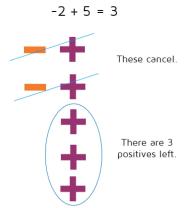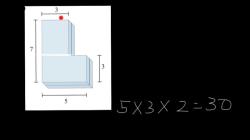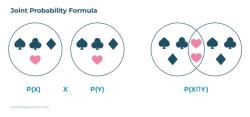How do you calculate a proportion?
Calculating a proportion involves comparing two related quantities to determine their ratio or relationship. Proportions are often expressed as fractions, decimals, or percentages. Here's a step-by-step guide on how to calculate a proportion:
Step 1: Understand the Proportion Relationship:
- Clearly identify the two quantities or values that you want to compare in a proportion. For example, you might want to compare the number of girls to the total number of students in a class.
Step 2: Write the Proportion Equation:
Express the proportion as an equation by setting up a fraction with one quantity in the numerator and the other quantity in the denominator. The format is:
You can also write it as a ratio using a colon () or the word "to," like this:
Step 3: Substitute Values:
- Replace the words "Part" and "Whole" with the actual numerical values you have. Make sure you use consistent units of measurement if applicable.
Step 4: Solve for the Unknown:
If one of the quantities is unknown, cross-multiply and solve for the unknown value. Here's the formula to cross-multiply:
After cross-multiplying, divide both sides of the equation to isolate the unknown value:
Step 5: Calculate the Proportion:
- Once you have found the value of the unknown quantity, you can express the proportion as a fraction, decimal, or percentage. It depends on how you want to represent the relationship.
Step 6: Check Your Answer:
- Always double-check your calculations to ensure accuracy and that the proportion makes sense in the context of the problem. Make sure your units are consistent.
Example: Calculating a Proportion
Let's say you have a class of 30 students, and you want to calculate the proportion of girls in the class. If there are 18 girls in the class, you can set up the proportion as follows:
Now, to find the proportion of girls, you can cross-multiply and solve for the unknown:
So, there are 18 girls in the class. To express the proportion as a percentage, you can convert it:
Therefore, the proportion of girls in the class is 60%.













